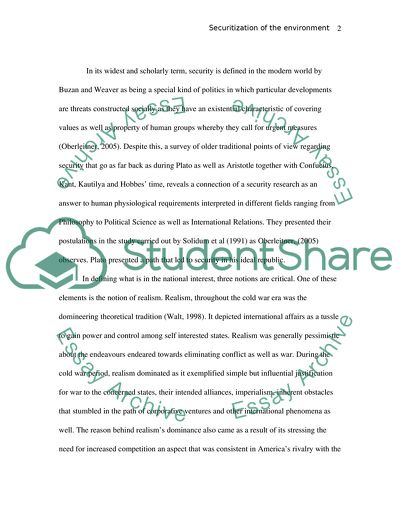Cite this document
(Security in the 21st Century: Globalisation, Regionalisation and Article, n.d.)
Security in the 21st Century: Globalisation, Regionalisation and Article. https://studentshare.org/politics/1733982-security-in-the-21st-century-globalisation-regionalisation-and-individualisation-of-security
Security in the 21st Century: Globalisation, Regionalisation and Article. https://studentshare.org/politics/1733982-security-in-the-21st-century-globalisation-regionalisation-and-individualisation-of-security
(Security in the 21st Century: Globalisation, Regionalisation and Article)
Security in the 21st Century: Globalisation, Regionalisation and Article. https://studentshare.org/politics/1733982-security-in-the-21st-century-globalisation-regionalisation-and-individualisation-of-security.
Security in the 21st Century: Globalisation, Regionalisation and Article. https://studentshare.org/politics/1733982-security-in-the-21st-century-globalisation-regionalisation-and-individualisation-of-security.
“Security in the 21st Century: Globalisation, Regionalisation and Article”. https://studentshare.org/politics/1733982-security-in-the-21st-century-globalisation-regionalisation-and-individualisation-of-security.


